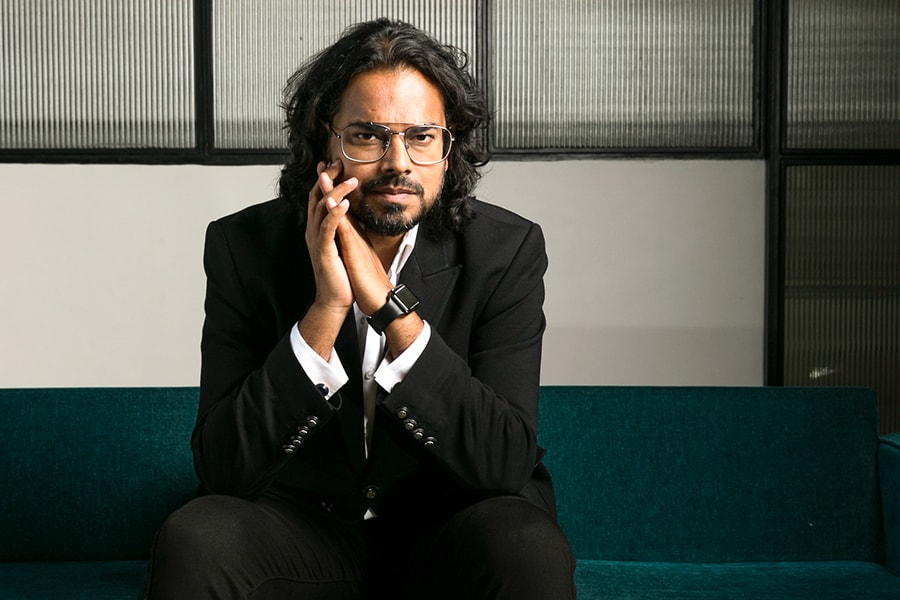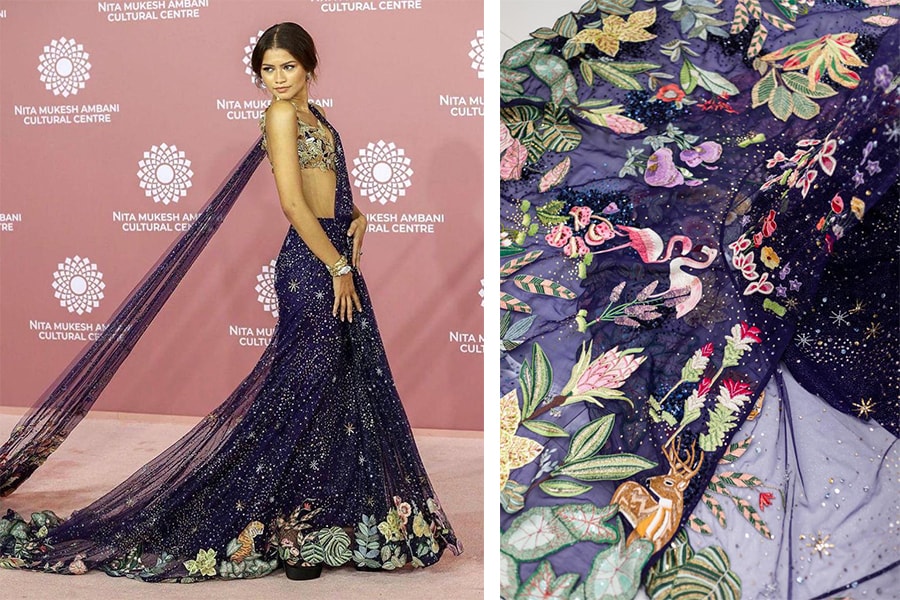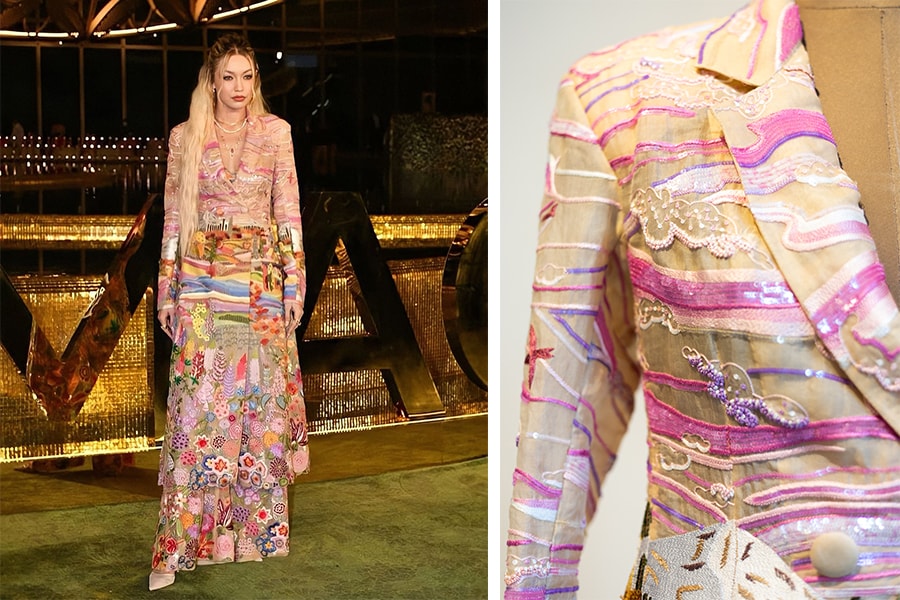
I want my clothes to speak to the world that they are from India: Rahul Mishra
Fashion designer Rahul Mishra speaks about the ongoing fashion exhibition at the Nita Mukesh Ambani Cultural Centre, dressing up Zendaya and Gigi Hadid, and how sustainability is about more than just fabric and materials
 Rahul Mishra, Fashion designer
Image: Madhu Kapparath
Rahul Mishra, Fashion designer
Image: Madhu Kapparath
The grand opening of India's first-of-its-kind, multi-disciplinary cultural space project—the Nita Mukesh Ambani Cultural Centre (NMACC)—in Mumbai last week was a momentous occasion showcasing the country's global impact on textile art and design.
Fashion designer Rahul Mishra—the first Indian to present at Paris Haute Couture Week—is having a major fashion moment after being one of the noteworthy designers to showcase his work at the two-day gala. His intricate and immaculate embroidery designs have taken centre stage not only as part of an exhibit thoughtfully curated by curator Hamish Bowles, but he also created a splash on the red carpet dressing Hollywood star Zendaya, stylist Law Roach and American supermodel Gigi Hadid.
In conversation with Forbes India, Mishra talks about his moment in the spotlight at NMACC, his design process for Paris Haute Couture Week, his passion for sustainability and his success and accolades.
Edited excerpts:
Q. The opening of the Nita Mukesh Ambani Cultural Centre was a star-studded event. What did that night mean to you?










